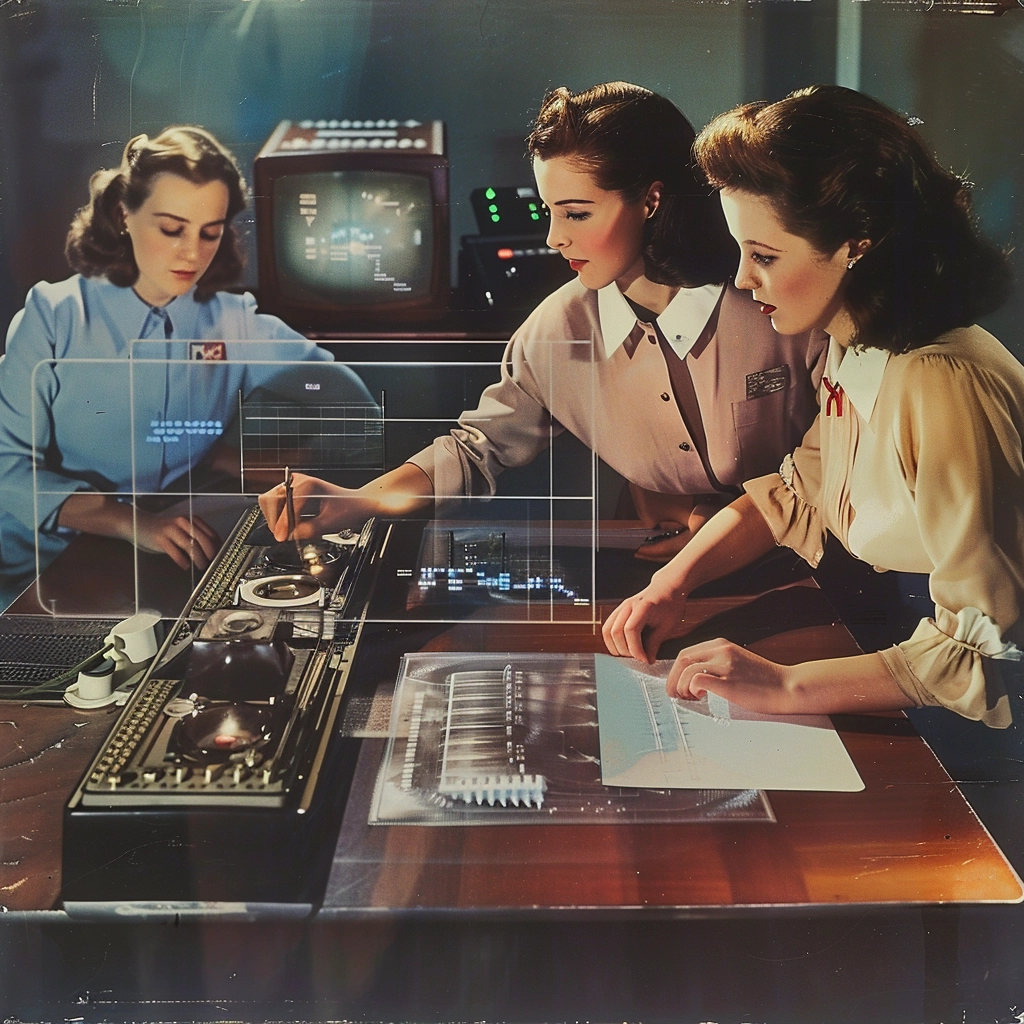The future of architecture is being shaped by a romantic embrace of technology, exemplified by the concept of the “electric sheep.” Architects are integrating BIM, computational design, robotics and other advanced tools into their workflows, resulting in a transformative shift in design possibilities. This approach not only improves efficiency, but also fosters greater creativity and inclusivity in architectural practice. As architects redefine their role as creators and collaborators, are we as architects prepared to lead the way toward a future with all our current problems?

In the realm where architecture meets technology, few voices resonate as profoundly as that of Alicia Nahmad. With a wealth of experience spanning academia and prestigious projects, Nahmad’s journey is a testament to the evolving landscape of architectural practice. Join us as we delve into her insights, exploring the symbiotic relationship between innovation and tradition.

Exploring the Concept: Architects Dream of Electric Sheep?
Our conversation begins with a nod to Philip Dick’s seminal work, “Do Androids Dream of Electric Sheep?” This concept sets the stage for an exploration of technology’s role in architecture. What dreams and aspirations lie within the integration of new methodologies? Alicia Nahmad shares her perspective, offering a glimpse into the intersection of technology and design philosophy.
Embracing Technology: A Journey in Practice
Nahmad’s approach to architecture is deeply intertwined with digital tools, from computational design to robotics. Through projects like Knit Candela, she exemplifies a hybrid workflow that seamlessly integrates past and future. But how does she navigate this balance, and what insights does she glean from her experiences collaborating with renowned entities like Zaha Hadid and the Block Research Group?
Redefining the Narrative: Technology as Catalyst
Amidst discussions of idealization, Nahmad challenges us to reconsider our perception of technology’s role in architecture. Is it merely romanticized, or does it possess the transformative potential we often attribute to it? Her reflections prompt us to reevaluate the true impact of computational design and technological integration.
The Collaborative Canvas: From Mexico to London
From academic studios to international collaborations, Nahmad’s journey is marked by diverse experiences. Whether in Mexico, London, or academic institutions like the Architectural Association, she harnesses technology as a means of collaboration and innovation. Through her lens, we glimpse the global tapestry of architectural practice.
Looking Ahead: Envisioning the Future of Architecture
As our conversation draws to a close, we ponder the future of architecture. What tools and methodologies will shape the built environment? Nahmad shares her vision, offering insights into the evolving landscape and the need for adaptable, forward-thinking approaches.
BIM and Beyond: Navigating Collaboration Standards
In a brief detour, we touch upon the integration of BIM as a collaboration standard. Nahmad weighs in on its efficacy, sparking a dialogue on the evolving nature of collaborative practices within the architectural sphere.
With Alicia Nahmad’s guidance, we navigate the intricate web of architecture and technology, unveiling the possibilities that lie at their intersection. Join us as we continue to embrace the workflows shaping the built environment of tomorrow.


